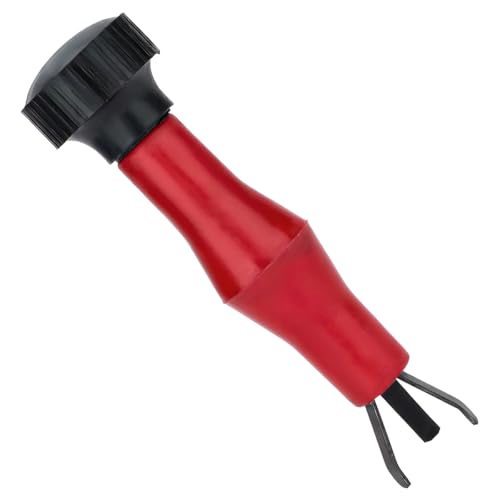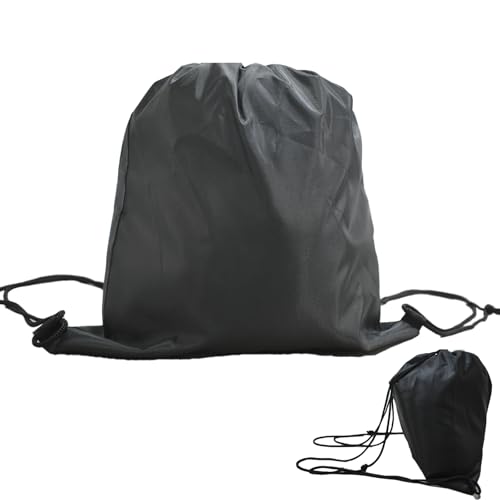HaulinAshe
Well-known member
If only that were true! She will be the first to tell you that is NOT why she rides with me.When you are riding two up you are probably trying to go smooth for the passanger and that helps.
I fully comprehend the typical approach of accelerating or roll-on on the exit. What I'm looking for specifically, is feedback/opinions from those that are using weight shift as opposed to the double-take to correct for improper lean angle on a constant speed turn.
Please note: Constant speed is defined as choosing to do 55.0000 mph around a sweeper with a 55 mph posted speed limit. Pretend the LEO is 165 feet in front of you and the RD is screaming Ka in your freakin right ear.
In my life space, every millisecond counts. Don't ask why!
Thanks to everyone for your reply. Let the regurgitation continue.
Last edited by a moderator:































































